There’s something magical about having your own mini herb garden for your kitchen. Not only does it provide you with fresh ingredients for your meals, but it also adds a touch of greenery to your space, making it feel more vibrant and alive. Whether you’re a seasoned cook or just starting to experiment with flavors, a mini herb garden can elevate your culinary creations and make your kitchen feel more inviting.
In this post, we’ll walk through steps to create the perfect mini herb garden for your kitchen and share some helpful tips for maintaining it so you can enjoy fresh herbs year-round!
Step 1: Choose the Right Location
Herbs need sunlight to grow. The best spot is a sunny windowsill or countertop. Choose an area where your plants will get 4-6 hours of sunlight each day. If you don’t have a south-facing window, you can use a grow light to help them thrive.
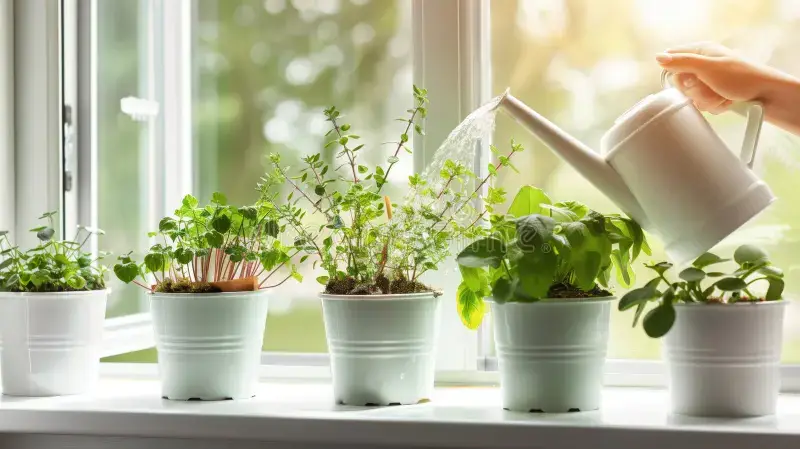
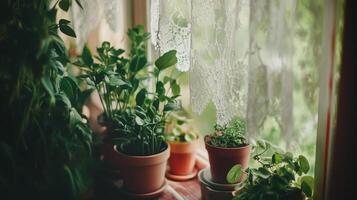
Step 2: Select your Herbs
When choosing herbs, think about what you like to cook with. Pick ones that are easy to grow indoors. Some great options include:
- Basil – Perfect for pasta sauces and salads.
- Mint – Great for drinks and desserts.
- Parsley – Ideal for garnishing dishes.
- Thyme – Works well in soups and meats.
- Cilantro – Great for Mexican and Asian dishes.
- Chives – Mild onion flavor for many dishes.
Feel free to experiment with other herbs like rosemary or oregano, depending on your cooking preferences.
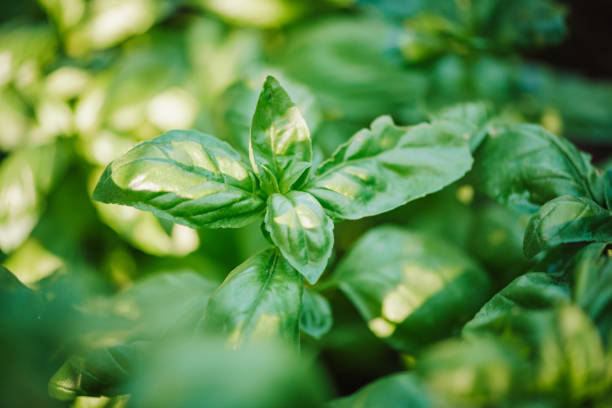


Step 3: Choose the Right Containers
Select containers with drainage holes. This helps prevent overwatering. You can use small pots, window boxes, or even mason jars for a rustic look. Choose containers that match your kitchen’s style for a decorative touch.
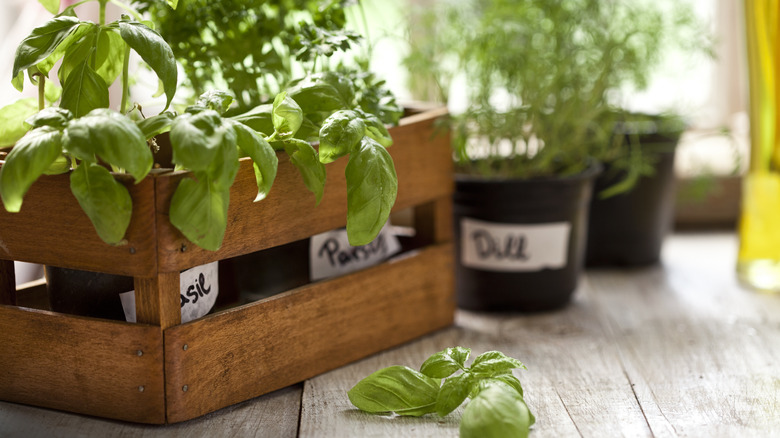
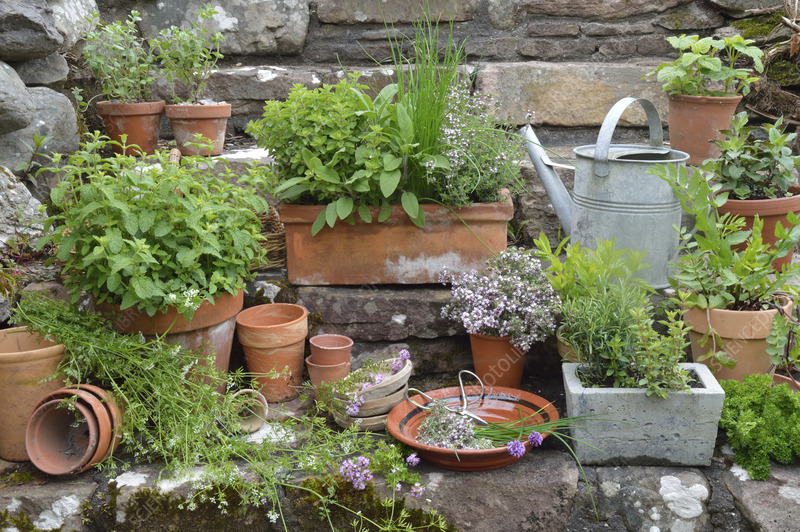
Step 4: Use Good Quality Soil
Use a potting mix that drains well. Regular garden soil doesn’t work as well for indoor herbs. A good potting mix will let water pass through, which helps your herbs grow strong roots. Adding some compost will also give your herbs extra nutrients.
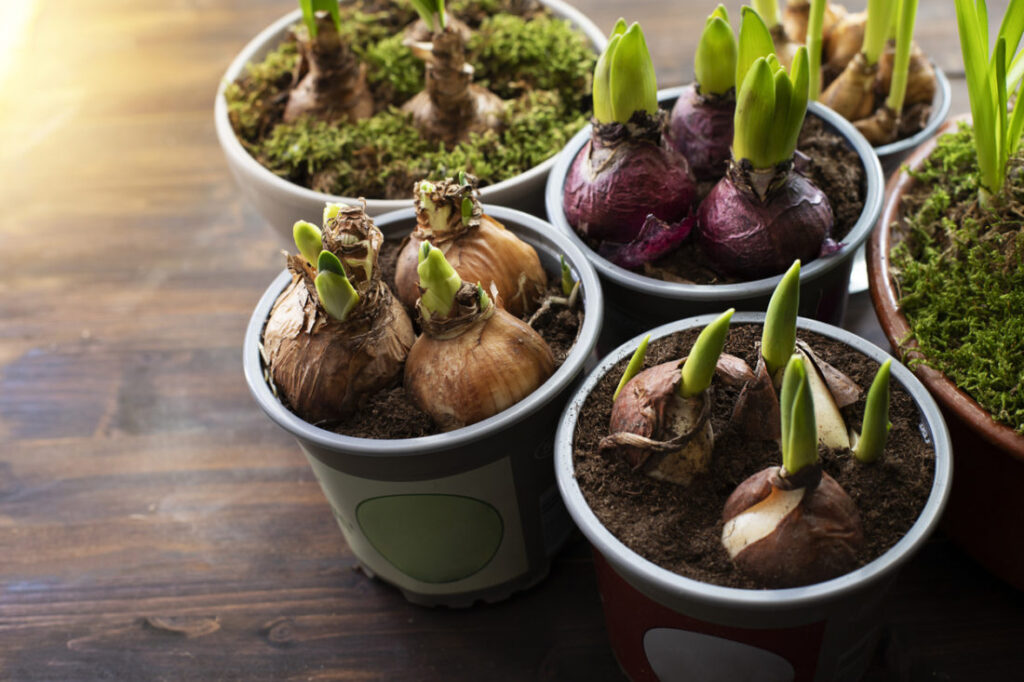
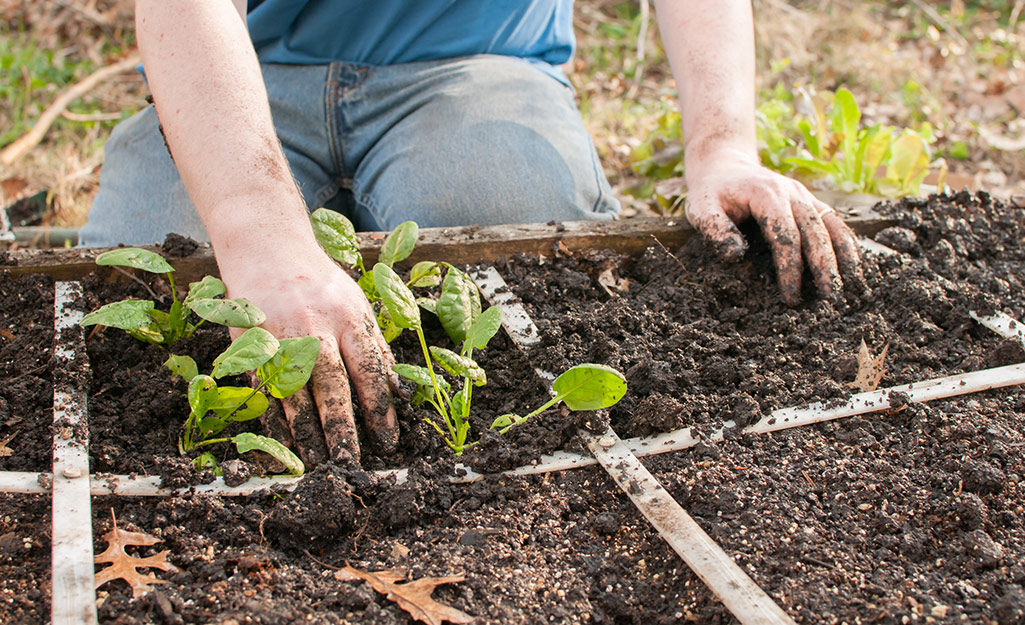

Step 5: Water Properly
Water your herbs when the top inch of soil feels dry. Don’t overwater them, as too much water can cause root rot. Each herb has different water needs, so it’s important to pay attention to each one. For example, basil likes its soil moist, while rosemary prefers to dry out between waterings.
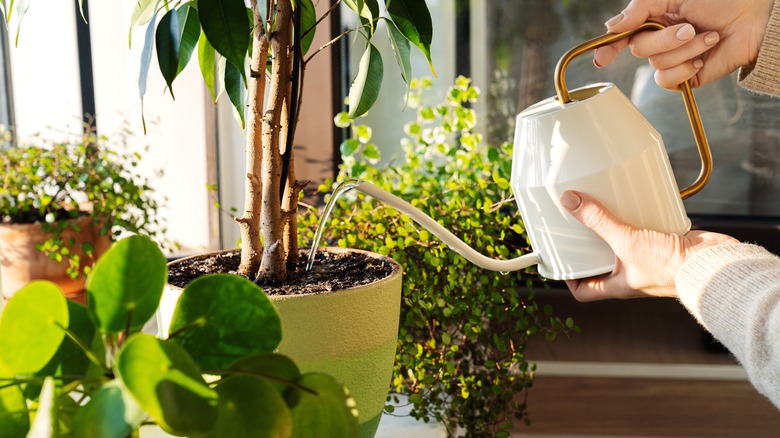
Step 6: Maintain Your Garden
Keep your herbs healthy by pruning them regularly. Trim dead or yellow leaves and pinch back the tops of the plants. This encourages new growth. Rotate your pots every few days so all sides get sunlight. If needed, add organic fertilizer once a month to give your herbs a boost.

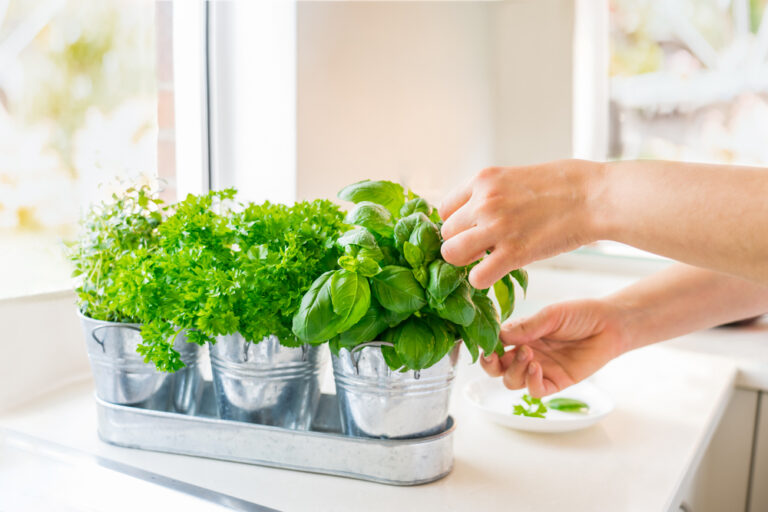
Step 7: Harvest Your Herbs
Once your herbs are big enough, start harvesting! Cut leaves and stems as needed, but don’t take more than a third of the plant at once. For basil and mint, snip leaves from the top to keep the plant full. For parsley and thyme, you can trim the stems when you need them.
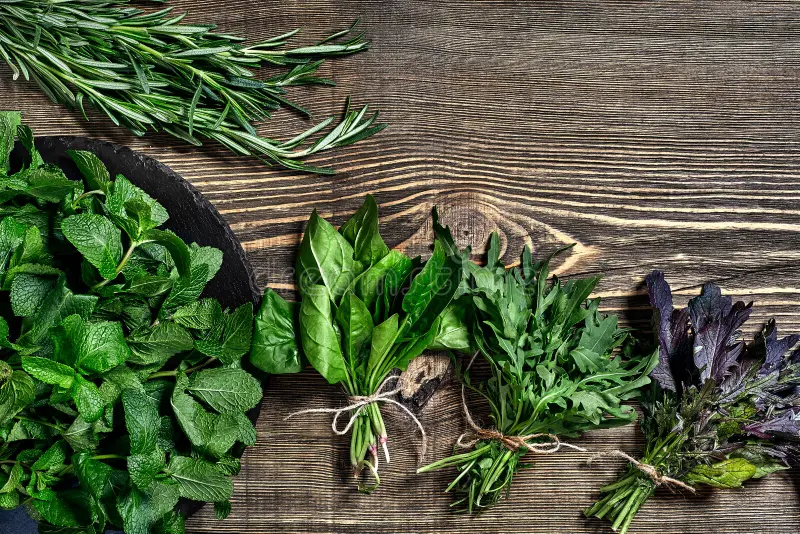
Final Thoughts
Building a mini herb garden in your kitchen is easy and fun. Choose the right spot, select your favorite herbs, and take care of them properly. Soon, you’ll have fresh, homegrown herbs ready to add to your meals. Not only will your kitchen look great, but your cooking will also reach new heights.
Start your mini herb garden today and enjoy the taste of fresh herbs all year long!
